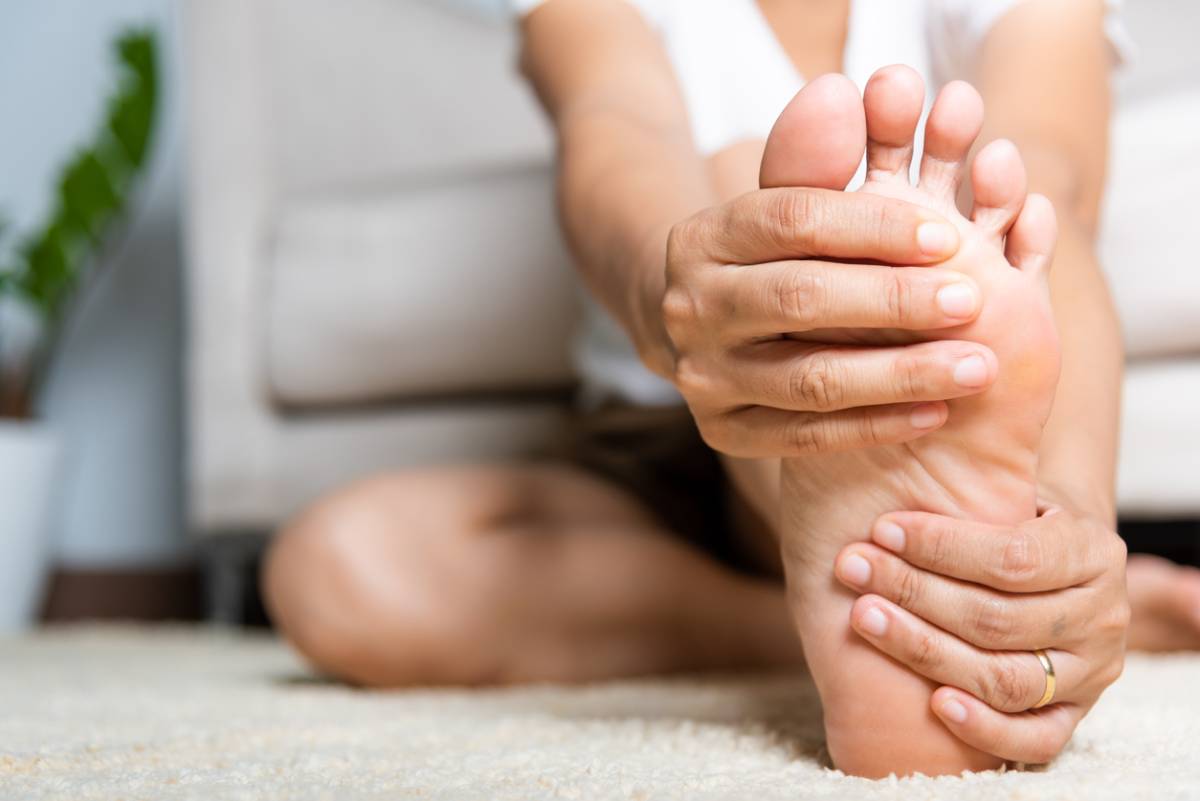Heels and ankles often go underappreciated as some of the hardest-working parts of our body. With a complex structure of bones, joints, and other ligaments, the heel and the ankle are responsible for our range of movement. So, when pain happens in one or both areas, it is easy to think that the causes may be related. So can pain in the heel and ankle be related?
Can Pain in the Heel and Ankle Be Related?
Because of the number of conditions and injuries that can arise in this part of the body, a thorough diagnosis is needed to determine whether or not your heel and ankle pain are the same. If you are someone who has ever asked, “Can pain in the heel and ankle be related?” and you want to hear the answer from your local heel pain treatment institute experts, then this is the article for you.
Common Heel and Ankle Injuries
If you live an active life or participate in sports, you might be at a bigger risk of injury than most. Let’s look over some common injuries that can affect the heels, the ankles, or both:
Stress Fractures
If you are using your heels and ankles too much without properly stretching or resting them, you make yourself prone to a stress fracture. This is a small break in the bones or ligament, causing the area to feel bruised and swollen. If you are becoming red, itchy, or irritated, you might be dealing with this condition. These fractures might only be present in the heel or the ankle, but the pain can radiate outward to the entire foot area.
Running Injury
Runners are most susceptible to overuse, which can lead to physical injuries in the ankles and heels. Common running injuries occur in the Achilles tendon, calf muscles, and other leg muscles. This causes more weight and pressure to be put on the sensitive areas of the foot, like the ankles and heels. If your ankles feel sore after a long run, you might want to schedule an appointment with your foot doctor. This problem will only worsen if left ignored.
Ankle Sprains
Ankle sprains occur only in the ankle, but cause radiating pain and swelling that may be felt in the heels as well. Sprains occur when the ankle twists farther than physically possible, or the nerves are pinched in a way that limits mobility and comfort. Sprains should be addressed right away as lasting damage could be permanent, weakening the ankles and heels for good.
Common Heel and Ankle Conditions
Some heel and ankle symptoms are not the result of an injury, but rather an underlying condition. This can come from improper healing after an injury or a hereditary condition that has grown worse over time.
Some of the most common conditions that affect ankles and heels include:
Osteoarthritis
Osteoarthritis is a dangerous condition not only because it has debilitating symptoms but also because it can lead to the development of other serious foot conditions. Any type of arthritis that starts in the heels, ankles, or foot can lead to plantar fasciitis, which is difficult to treat. Many people with osteoarthritis worry about a lifetime of pain. There are many methods of foot and heel care, as well as physical therapy interventions, that can prevent long-term discomfort.
Rheumatoid Arthritis
Rheumatoid arthritis, another form of arthritis, tends to develop in both ankles at the same time. This can cause a lot of pain and stiffness for the heels and the top of the feet as well. Symptoms of RA can be easily identified by a podiatrist, so it is important to visit your nearest specialist right away.
Visit Heel Pain Institute Today
Your heel and ankle pains may be related, or they may be different results of an underlying issue. Learn some great FAQs about plantar fasciitis, osteoarthritis, and other dangerous conditions when you visit our experts today. Sign up for a personal consultation to prevent your heel and foot pain from growing worse.
